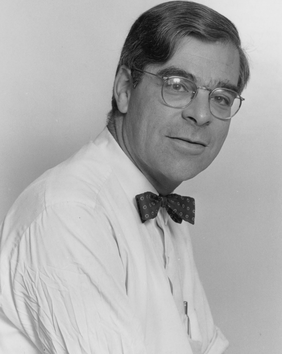Ulrich Wolfgang Arndt facts for kids
Quick facts for kids
Ulrich Wolfgang Arndt
|
|
|---|---|
 |
|
| Born | 23 April 1924 Berlin |
| Died | 23 April 2006 |
| Alma mater | |
| Awards |
|
Ulrich Wolfgang Arndt (born April 23, 1924 – died March 24, 2006) was a brilliant scientist. He helped create new tools for a special science called X-ray crystallography. This science uses X-rays to figure out the exact shapes of tiny things like proteins.
His amazing instruments helped scientists discover the shapes of important proteins. These included myoglobin and haemoglobin. These proteins are super important for how our bodies work!
Early Life and Education
Ulrich Arndt was born in Berlin, Germany. In the 1930s, his family moved to London, England. This was a big change for him.
He went to Emmanuel College, Cambridge, a famous university. After that, he started working in the Department of Crystallography. This department was part of the Cavendish Laboratory. He later earned his PhD from Birmingham University. For his PhD, he worked on a special device called a Geiger counter spectrometer. This device helps detect radiation.
Career and Discoveries
In 1950, Ulrich moved to London. He joined the Davy–Faraday Laboratory at the Royal Institution. Here, he started working on finding the shapes of proteins. This was a very important area of science.
Later, in 1954, Sir Lawrence Bragg became the director of the lab. Sir Lawrence Bragg was a famous scientist who also worked with X-rays.
In 1962, Ulrich Arndt moved back to Cambridge. He joined the new MRC Laboratory of Molecular Biology. He was invited to join by another great scientist, Max Perutz. Together, they continued their important work on understanding proteins.
Awards and Recognition
Ulrich Arndt's work was highly respected. In 1982, he became a Fellow of the Royal Society. This is a very high honor for scientists in the United Kingdom.
In 2000, he received the Dorothy Hodgkin Prize. This award came from the British Crystallographic Association. It recognized his important contributions to the field of crystallography.
Ulrich Wolfgang Arndt's dedication to science helped us understand the tiny building blocks of life. His instruments are still important for scientists today!

